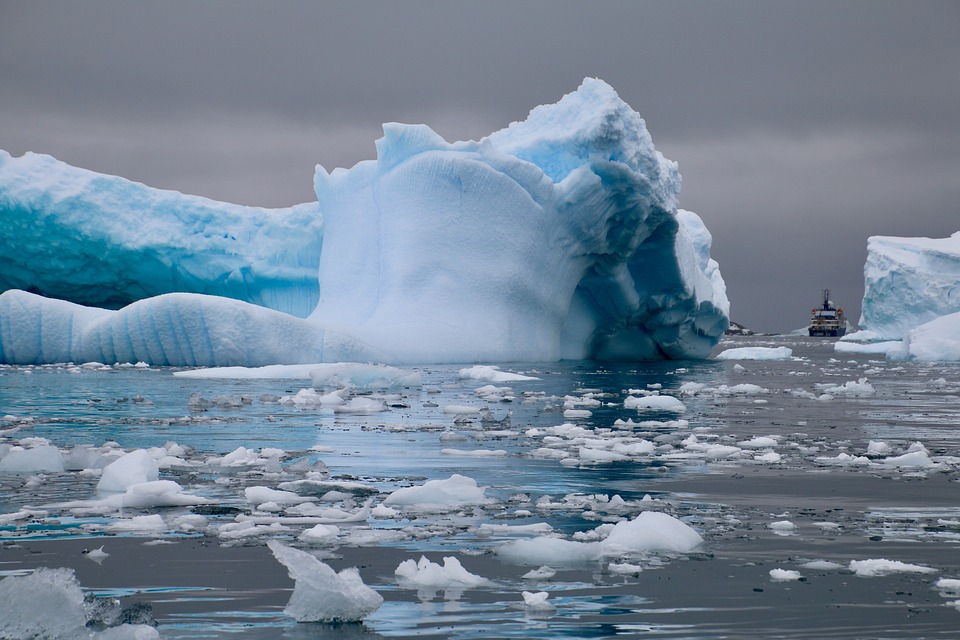Introduction
Polar expeditions have always captured the imagination of the adventurous souls who seek to conquer the frozen frontiers of the Earth. From the heroics of early explorers like Roald Amundsen and Ernest Shackleton to more recent expeditions led by modern-day adventurers, the poles have been a testing ground for human endurance and resilience. In this article, we take a closer look at the challenges and triumphs of polar expeditions.
The Arctic vs. Antarctic
Geography:
The Arctic and Antarctic are two polar regions located at opposite ends of the Earth. The Arctic is a frozen ocean surrounded by land masses, while the Antarctic is a landmass surrounded by a frozen ocean. The Arctic is located in the Northern Hemisphere, while the Antarctic is in the Southern Hemisphere.
Climate:
The Arctic is characterized by a polar climate with long, cold winters and short, cool summers. In contrast, the Antarctic is even colder and windier, with temperatures dropping well below freezing throughout the year.
Wildlife:
Both polar regions are home to a variety of unique wildlife, including polar bears in the Arctic and penguins in the Antarctic. The Arctic also boasts species like walruses, seals, and reindeer, while the Antarctic is home to seals, whales, and seabirds.
Challenges of Polar Expeditions
Extreme Conditions:
One of the biggest challenges of polar expeditions is dealing with the harsh and unforgiving climate. Extreme cold, strong winds, and blizzards can make travel difficult and dangerous. Additionally, the lack of sunlight during the winter months can lead to feelings of isolation and depression.
Isolation:
Polar expeditions often take place in remote and isolated regions where help is not readily available. This means that expedition teams need to be self-sufficient and prepared for any emergencies that may arise. Communication with the outside world can also be limited, adding to the sense of isolation.
Logistical Challenges:
Organizing a polar expedition requires meticulous planning and preparation. Everything from transportation and equipment to supplies and accommodation needs to be carefully arranged. Expedition teams must also be trained in survival skills and first aid in case of emergencies.
Triumphs of Polar Expeditions
Scientific Discovery:
Polar expeditions have led to numerous scientific discoveries, including the mapping of new territories, the study of the effects of climate change, and the discovery of new species. These expeditions have expanded our understanding of the polar regions and their importance in the global ecosystem.
Exploration and Adventure:
For many adventurers, polar expeditions represent the ultimate challenge and adventure. The thrill of pushing oneself to the limits of endurance and exploring uncharted territories is a driving force for those who undertake these expeditions. The sense of accomplishment that comes from reaching the top of the world or traversing the South Pole is unparalleled.
Human Spirit:
Polar expeditions are a testament to the indomitable human spirit. The courage, perseverance, and resilience of those who embark on these journeys inspire others to push beyond their limits and conquer their own challenges. The bonds forged between team members in the face of adversity highlight the power of teamwork and camaraderie.
Notable Polar Expeditions
Roald Amundsen’s South Pole Expedition:
In 1911, Norwegian explorer Roald Amundsen became the first person to reach the South Pole, beating his rival, British explorer Robert Falcon Scott. Amundsen’s meticulous planning and use of sled dogs helped him achieve this historic feat.
Ernest Shackleton’s Endurance Expedition:
In 1914, British explorer Ernest Shackleton set out to cross Antarctica on foot. However, his ship, the Endurance, became trapped in ice, forcing Shackleton and his crew to endure a harrowing ordeal of survival. Despite the challenges, Shackleton’s leadership and determination ensured the safe return of all his men.
Ann Bancroft and Liv Arnesen’s Antarctic Crossing:
In 2001, American explorer Ann Bancroft and Norwegian explorer Liv Arnesen became the first women to ski across Antarctica. Their 94-day journey covered over 1,700 kilometers of frozen terrain, testing their physical and mental endurance.
Conclusion
Polar expeditions continue to capture the imagination of adventurers and explorers around the world. From the challenges of extreme conditions and isolation to the triumphs of scientific discovery and human spirit, these expeditions push the boundaries of what is possible. As we look to the future, polar expeditions will continue to inspire and awe us with their feats of courage and perseverance.
